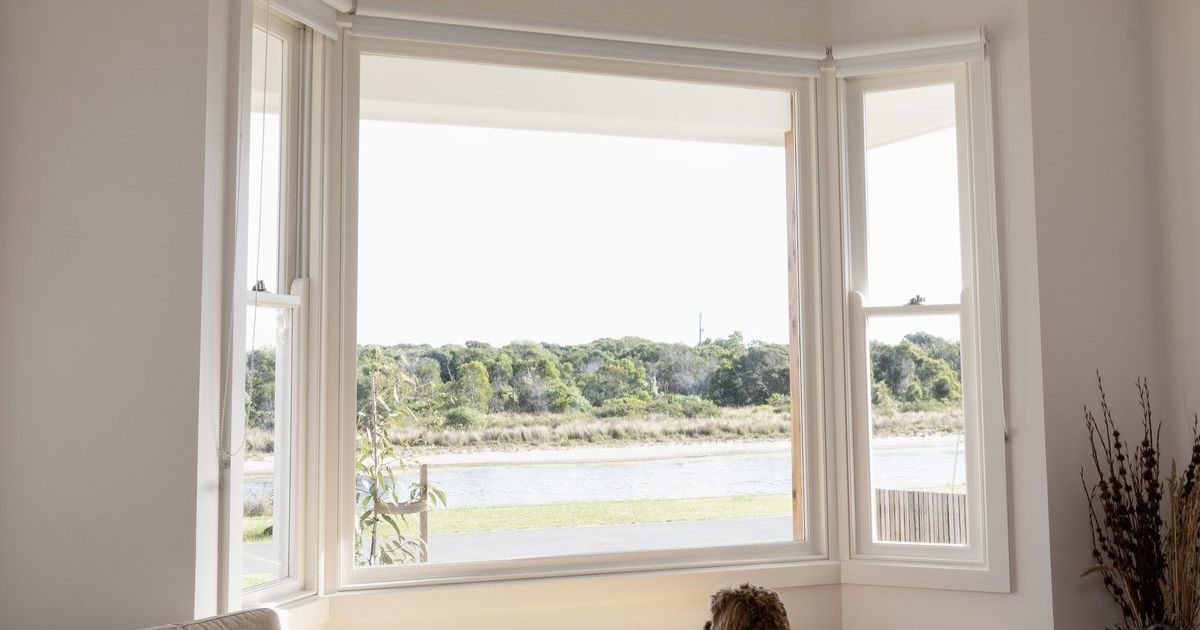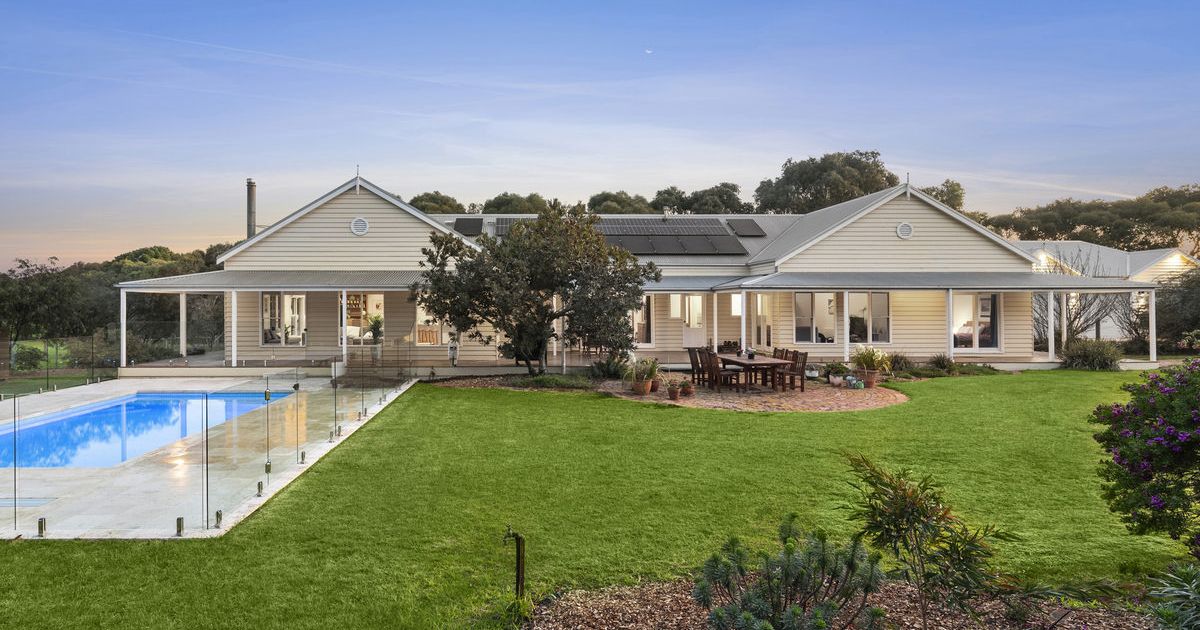Passive house design: the future of sustainable building

A passive home provides a healthier environment for its occupants while maintaining consistent temperatures year-round.
A PASSIVE house (“Passivhaus” in German where the concept originated), is fundamentally about building science and clever design.
The design principles and performance criteria deliver healthy, comfortable, efficient buildings, using between 80 and 90 per cent less energy than a standard home.
A passive house boasts thorough insulation, airtight construction, high-quality windows, and reliable ventilation systems with heat recovery.
Benefits of a passive house
A passive house improves the home’s quality and longevity while providing a healthier environment for its occupants. It maintains consistent temperatures year-round, prevents mould growth, and ensures a continuous supply of fresh, pollutant-free air, while minimising heating and cooling needs. Customers can opt to build to full passive house standards and obtain certification or integrate select passive house design elements to build a high-performance home and enhance their standard and quality of living.

Building performance
Passive homes have low energy demand, high comfort levels, effective and healthy ventilation, and are resilient and durable. A passive home is built to last by eliminating internal humidity and providing ventilation allowing the building to breathe. Using sustainable materials and ethical building practices means a smaller environmental footprint.
Health and wellbeing
Passive house design significantly enhances the overall well-being of occupants through improved indoor air quality. A heat recovery unit ensures good levels of ventilation, removing internal pollutants, managing internal humidity to eliminate condensation and mould, and safeguarding against external air pollutants.
Peace and quiet
The increased levels of insulation, glazing and well-sealed building envelope work together to significantly reduce noise from outside, creating a quiet and peaceful living space.
Energy savings
The indoor temperature is maintained at a consistent, comfortable 20 to 25°C regardless of the temperature outside, helping save money on heating and cooling bills. Passive house construction lowers carbon emissions and decreases peak energy demand, reducing the overall necessity for renewable energy sources.

Social and economic
Passive house designs improve health and wellbeing, reduce demand on health services, and upskill the construction workforce. They also lower energy bills, maintenance costs, and provide access to cheaper time-of-day tariffs, offering additional economic benefits.
Live Green Homes is at the forefront of sustainable building practices, offering both
Certified Passivhaus and high-performance home designs. With their expert knowledge and dedication to quality, they can design a home that will reduce environmental impact while ensuring lasting comfort and savings.
Visit the display home at 44 Opal Drive, Leopold or head to livegreenhomes.com.au
//SPONSORED CONTENT

















